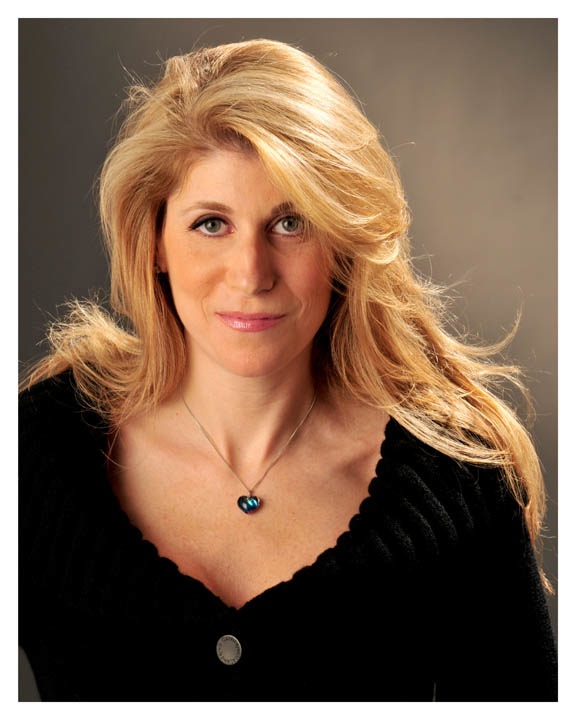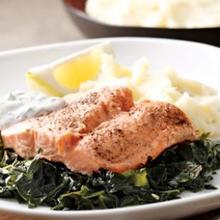Kidney Disease and You-What Do You Do?
26 million Americans have been diagnosed with Chronic Kidney Disease. If you have been diagnosed with kidney disease, you will have to pay close attention to what you eat. Maintaining the proper diet can help slow down the progression of your disease and will certainly impact your quality of life for the better. You will have more energy, reduce your risk of infections, and help maintain healthy muscle mass. To reduce the strain on your kidneys, you will need to pay attention to protein, potassium, phosphorus, sodium and calcium.
- Protein helps to repair tissue, build muscle and fight infection. Protein will need to be limited based on your stage of disease and your size. Good sources of protein are chicken, fish, meat, eggs, dairy, beans and nuts. Do not forget that grains, seeds and some vegetables contain protein as well.
- Potassium can impact heart rhythm, so if levels are too high, your physician might tell you to limit your potassium levels. A normal level is 3.5-5.0mg/dL. High potassium foods contain 201mg and higher per serving. High potassium foods to avoid include: apricots, artichokes, avocado, banana, beets, brussels sprouts, chard, dates, beet and collard greens, cantaloupe, nectarines, oranges, parsnips, potatoes, prunes, pumpkin, sweet potatoes, spinach, and tomato, dairy and nuts. You can leach certain vegetables to reduce their potassium levels:
- Peel and place the vegetable in cold water so they won’t darken.
- Slice vegetable 1/8 inch thick.
- Rinse in warm water for a few seconds.
- Soak for a minimum of two hours in warm water. Use ten times the amount of water to the amount of vegetables. If soaking longer, change the water every four hours.
- Rinse under warm water again for a few seconds.
- Cook vegetable with five times the amount of water to the amount of vegetable.
- Phosphorus can accumulate in blood leading to weakened bones. A normal level of phosphorus is 2.5-4.5mg/dL. If your physician asks you to limit phosphorus, avoid: ale, beer, chocolate, cola, dairy, carp, crayfish, liver, fish roe, organ meats, oysters, sardines, beans, peas, soy, bran, brewers yeast, seeds, wheat germ, whole grains, and dried beans.
- Sodium can elevate blood pressure and create swelling (edema). It is important to check food labels and to stay away from high sodium foods. Stay within 1500mg of sodium a day and try to consume as many whole, fresh foods as possible. High sodium foods to avoid include: Bacon, corned beef, ham, hot dogs, luncheon meat, sausage, bouillon, canned, and instant soups, boxed mixes, like hamburger meals and pancake mix, canned beans, chicken, fish and meat, canned tomato products, including juice, canned and pickled vegetables, vegetable juice, cottage cheese, frozen meals, frozen vegetables with sauce, olives, pickles, relish, pretzels, chips, crackers, salted nuts, salt and salt seasonings, like garlic salt, Seasoning mix and sauce packets, soy sauce, salad dressings, bottled sauces, marinades, some ready-to-eat cereals, baked goods, breads, ready-to-eat boxed meals and side dishes.
- Calcium foods tend to be high in phosphorus so you might be asked to limit dairy. Do not take calcium or Vitamin D supplements before talking to your physician. Calcium levels above 10.2mg/dL are considered elevated.
When diagnosed with kidney disease, it is very beneficial to talk to a Registered Dietitian to receive nutrition and diet counseling. Knowing your blood levels and working closely with your physician and RD can make this diet way less daunting and can improve your quality of life dramatically.
Arctic Char on a Bed of Kale
From EatingWell: September/October 2009
Makes: 4 servings
Active Time: 30 minutes
Total Time: 30 minutes
INGREDIENTS
1 tablespoon extra-virgin olive oil
1 large shallot, thinly sliced
1 cup reduced-sodium chicken broth
1/4 cup water
1-1 1/2 pounds kale, tough stems removed, coarsely chopped (14-16 cups)
1 pound skinned arctic char or salmon fillet, cut into 4 portions
1/4 teaspoon salt
1/4 teaspoon freshly ground pepper
1/4 cup reduced-fat sour cream
2 teaspoons prepared horseradish
1 tablespoon chopped fresh dill, or 1 teaspoon dried
4 lemon wedges for garnish
PREPARATION
Heat oil in a large skillet over medium heat. Cook shallot, stirring, until beginning to soften, about 2 minutes. Add broth, water and half the kale; cook, stirring, until slightly wilted, about 1 minute. Add the remaining kale and cook until tender, about 8 minutes.
Sprinkle fish with salt and pepper and place on the kale. Cover and cook until the fish is just cooked through, 5 to 7 minutes.
Meanwhile, combine sour cream, horseradish and dill in a bowl. Serve the fish and kale with the sauce and lemon wedges.
NUTRITION
Per serving: 335 calories; 16 g fat (3 g sat, 8 g mono); 90 mg cholesterol; 14 g carbohydrates; 0 g added sugars; 35 g protein; 2 g fiber; 424 mg sodium; 1135 mg potassium.
Nutrition Bonus: Vitamin A (353% daily value), Vitamin C (230% dv), Potassium (32% dv), Calcium & Iron (24% dv), Magnesium (19% dv), good source of omega-3s.
Carbohydrate Servings: 1




